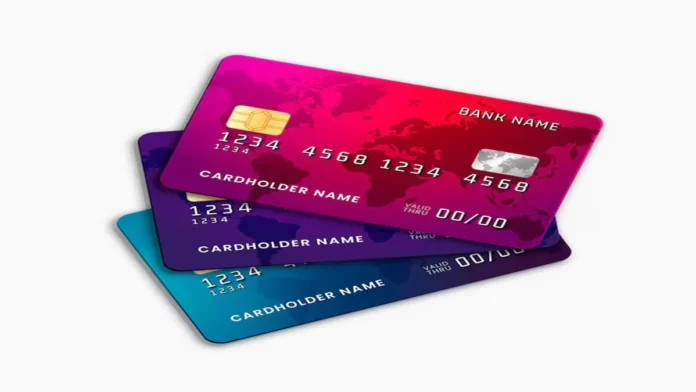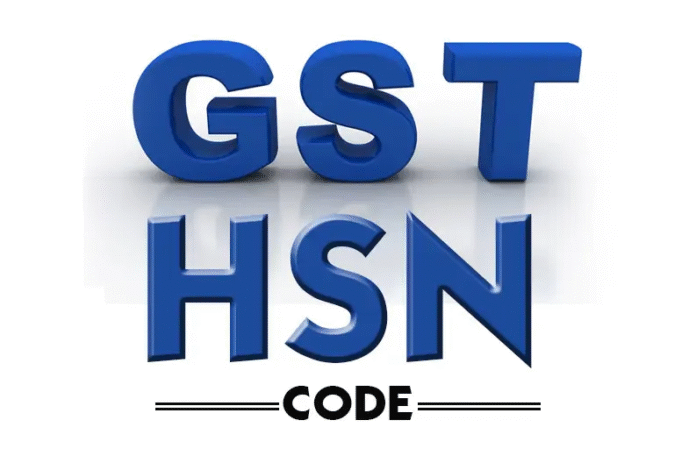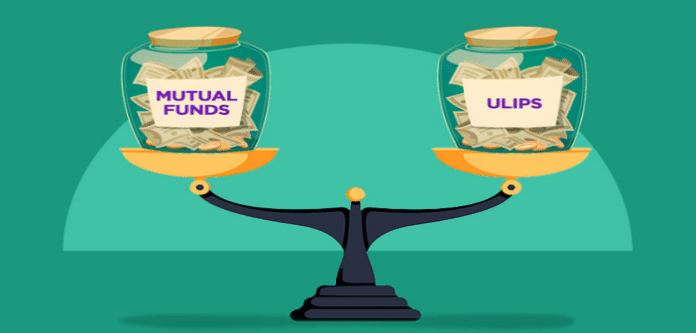Diezes, more commonly known as “sharps” in music, play a pivotal role in the world of music theory and are an essential component of many jazz chords. If you’re on a quest to master the intricacies of music or simply want to understand what those little # symbols mean on your sheet music, you’ve come to the right place. This guide will walk you through the concept of diezes, their importance, and how they influence jazz chords.
Understanding Diezes in Music Theory
Before we dive into the complex chords of jazz, it’s crucial to have a solid grasp of the basics.
What Are Diezes?
A diez, or sharp, in music is a symbol that indicates a note should be raised by one half-step. In the Western music scale, a half-step is the smallest interval between two notes. For example, the note G when sharpened becomes G#, which is a half-step higher.
The Role of Diezes in Scales
Diezes are used in various scales to maintain the pattern of whole and half steps that define that particular scale. For instance, the key of G major uses one diez – the note F is raised to F# to complete the scale with the correct intervals.
How Diezes Affect Key Signatures
Key signatures are a set of sharps or flats at the beginning of a piece of music, indicating the key in which the music is to be played. The presence of diezes in a key signature means that certain notes are to be consistently played a half-step higher throughout the piece unless otherwise indicated.
Diezes in Jazz Chords

What Makes Jazz Chords Unique
Jazz chords are typically more complex than those found in other genres of music. They often include extensions and alterations, such as added ninths, elevenths, and thirteenths, which can include diezes.
Common Jazz Chords Featuring Diezes
Some jazz chords that frequently feature diezes include the major 7#11, minor 7♯5, and the dominant 7♯9. Each of these chords uses a diez to raise certain notes, creating a distinct sound characteristic of jazz.
How to Play Diezes on Your Instrument
For musicians, understanding diezes is one thing, but being able to play them correctly on your instrument is another.
Piano
On the piano, diezes are played by pressing the black keys to the right of their corresponding white keys. For example, to play a G#, you would press the black key immediately to the right of the G key.
Guitar
On the guitar, playing a diez involves moving one fret up from the natural note. So to play a G#, you would move one fret up from where you would normally play G.
Wind Instruments
For wind instruments, playing diezes usually involves a specific fingering combination that raises the pitch by a half-step. This can vary widely between instruments, so consulting a fingering chart for your specific instrument is recommended.
Incorporating Diezes into Your Music Practice
To become proficient in playing diezes, incorporating them into your music practice is essential.
Practice Scales with Diezes
Start by practicing scales that include diezes. The G major scale is a good beginning point, as it contains one diez (F#).
Experiment with Jazz Chords
Once you’re comfortable with scales, try playing jazz chords that use diezes. Begin with simple chords and progress to more complex ones as you gain confidence.
Listen to Jazz Recordings
Listening to jazz recordings and paying attention to how diezes are used can provide context and enhance your understanding of their application in jazz music.
The Theory Behind Diezes and Chord Construction
Understanding the theory behind diezes and how they contribute to chord construction can deepen your musical knowledge.
Interval Relationships
Diezes affect the intervallic relationships within chords. By sharpening a note, you’re altering the interval between it and other notes in the chord, which can change the chord’s quality.
Chord Extensions and Alterations
Diezes are often found in chord extensions and alterations, which add tension and color to chords. A diez can turn a plain major chord into a major 7#11, adding an entirely different flavor to the music.
Tips for Memorizing the Use of Diezes in Jazz Chords
Memorizing when and how to use diezes in jazz chords can be challenging. Here are some tips to help you master this skill.
Use Mnemonics
Create mnemonics to remember the order of diezes in key signatures. For example, the phrase “Father Charles Goes Down And Ends Battle” can help you remember the order of diezes in key signatures (F#, C#, G#, D#, A#, E#, B#).
Practice Regularly
The more you practice jazz chords and scales with diezes, the more familiar you’ll become with them. Consistent practice is key to memorization.
Learn Songs in Different Keys
Learning songs in various keys that use diezes will expose you to different scenarios and help you understand their practical use.
Conclusion
Diezes, or sharps, are more than just symbols on a page. They are fundamental to music theory and an integral part of the captivating chords that make jazz so enthralling. By understanding and practicing the use of diezes, you’ll not only improve your musicianship but also unlock the door to a world of rich harmonic possibilities.
Remember, mastering diezes takes time and patience, but with diligent practice and a keen ear, you can incorporate these musical nuances into your playing and add a new depth to your performances.

Now that you have the ultimate guide to diezes at your fingertips, go forth and explore the vibrant landscape of jazz chords. Your musical journey is bound to be sharp in all the right ways!








